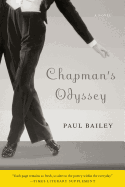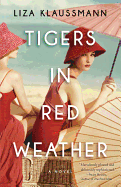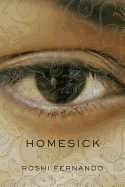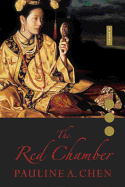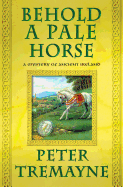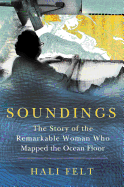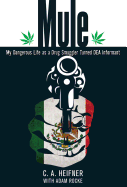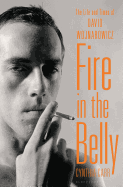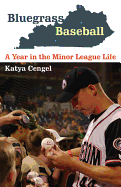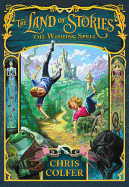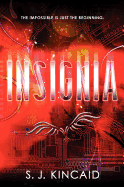 Lydia Netzer's debut novel, Shine Shine Shine, introduces Maxon and Sunny, an improbable but charming pair that our May 23 Maximum Shelf review called "the most easy-to-root-for couple this side of the Sea of Tranquility."
Lydia Netzer's debut novel, Shine Shine Shine, introduces Maxon and Sunny, an improbable but charming pair that our May 23 Maximum Shelf review called "the most easy-to-root-for couple this side of the Sea of Tranquility."
"Through domestic squabbles, grief and meteor strikes, Shine Shine Shine remains an upbeat affirmation of life and self-discovery. Cleverly mixing mathematical equations with human relationships until the two seem inextricable, Netzer's logical yet whimsical voice combines with light touches of science fiction in a refreshingly original novel that will leave readers thinking about their own best selves."
Netzer took some time from her book promotion--Shine Shine Shine was released by St. Martin's on July 17--to be interviewed by her friend, author Sara Gruen (Water for Elephants; Ape House).
SG: Lydia, I know you have been working on this novel for 10 years, and I know that it's seen many drafts. After being engrossed in this book for so long and changing so many things about it, how did you know when you were done?
LN: It's hard to feel done. Even when I read the book now, I feel the urge to tweak it or mess with it a little--change the wording or the order. I have ideas float through my head and I think, wow, I want to put that in the novel, but of course I can't. I'm sure that's pretty common!
SG: Right, but of course at some point you have to say--it's finished.
LN: I think it was easier to know for sure when I wasn't done. I definitely knew, with earlier drafts, that I was not doing it right. And then when I got to this final draft, the one I wrote mostly in 2010, I felt like I had put enough internal tumblers into place that the lock was going to click.
SG: What was the hardest moment you experienced, in getting to that "clicking" point?
LN: There were two dark moments that stick out. The first one happened a long time ago. I have a very dear friend who is also a writer, Susannah Breslin. She read an early draft of the book for me, and it was a mess. You know a good friend is one who will tell you, "This isn't working." Well, that's what she said. And when I said, "What should I change?" she said, "Don't change it. Start over from the beginning. Open a new document, and get rid of all of this." Of course the thought of starting over after writing 30,000 words was malodorous, and I was irritated. I'm a homeschooling mom. Every one of those words represented time I'd taken away from my kids, or my husband, or sweet, beautiful sleep. I pouted for about three months. But she was right, and I'm grateful she had the stones to break it down for me like that. The experience of throwing out that much work changed my understanding of writing forever.
The other hard thing was writing the scene where Sunny takes her mother off life support. This scene is similar to what I went through with my mother in 2004. I knew then that I wanted to write about it, eventually, but it took me five years to get enough emotional distance to do it without going insane. And I still went insane. I had started over (again) on the book and was writing in a mad binge, a thousand words at a time and day after day. Almost like I had to get up some inertia in order to get through it. I got to that scene at about 15,000 words, and wrote it almost with my eyes shut because I could hardly stand to look at the words appearing on the page. After that scene, my binge collapsed and I left the novel alone for three months.
SG: Because you were just wrung out?
LN: Yes, not to be all "I'm a delicate flower" about it, but after that chapter I was spent. Whatever I have, I had used it all up. Trying to continue that book without a breather would have been awful. I think taking breaks in a novel can be very productive. During that time you're thinking, organizing things in your brain, letting ideas form, and you're recovering from your last push. And you're working on other projects, which you'll need to break from so you can return to this one.
SG: You mentioned Susannah's editing help. What advice from other writers as helped you in this process?
LN: One of my teachers in graduate school that I am very fond of is Cris Mazza. She used to say that reading my fiction was like climbing up the face of a cliff, and that some of my paragraphs felt like falling backward off that cliff. Of course, these were usually my favorite paragraphs. I have learned, though, that pushing my reader backwards off a cliff is not something that I should be doing. I've learned to temper those departures, ground them, make them more accessible.
There's one paragraph in the book that starts like "It is dark inside the body. The things that go on there cannot be seen." This was definitely a falling-backwards-off-a-cliff paragraph, and it's actually one of the only bits that survived the very first draft. It's the oldest piece of writing in the book, but it's been edited and contextualized until now I hope that if you're still falling backward, at least you feel you have a parachute.
Another bit of wisdom that I love came from a graduate school prof that Joshilyn Jackson and I shared: Michael Anania. He told us never to be afraid to be friends with writers, that success in writing did not come in lightning strikes, where one member of a group of friends would be elevated and chosen, and the rest would be passed over. He said that success often comes in clusters, where friends help each other and the high tide raises all the boats. I'm so lucky to have writing friends like Joshilyn and Susannah, you and Karen Abbott, and so many more. Your editing note fixed my timeline. Joshilyn's determination got me an agent. Karen's enthusiasm, Susannah's focus--I could go on and on. Everyone has been so wonderful to me and I'm so grateful for the friends, old and new, who have made this book happen.
Lydia Netzer: Getting to the 'Clicking' Point



 Lydia Netzer's
Lydia Netzer's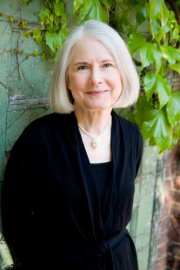 Betsy Woodman
Betsy Woodman